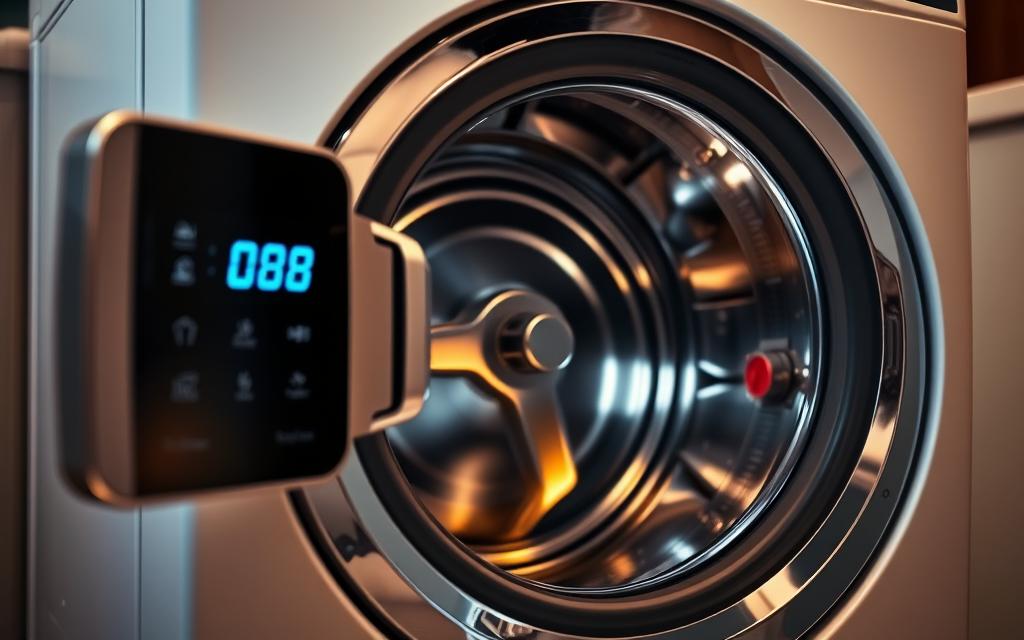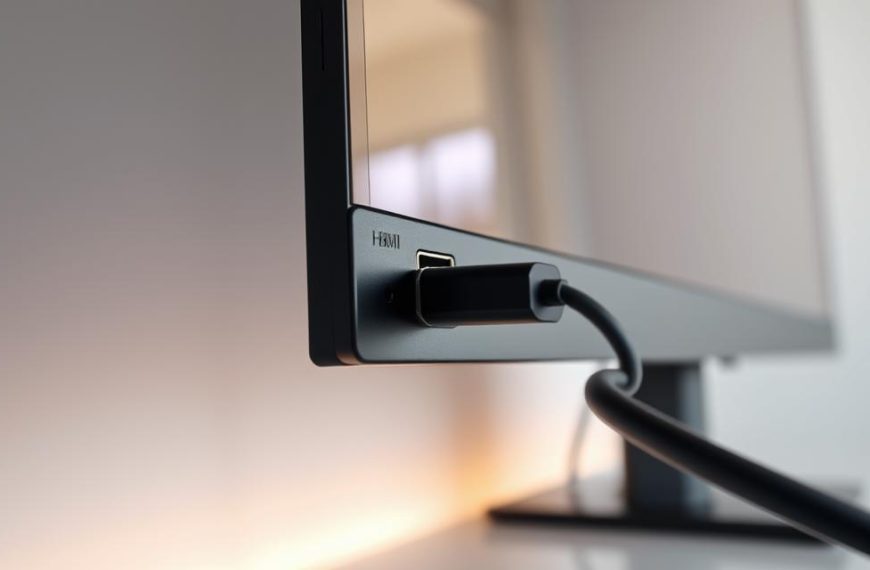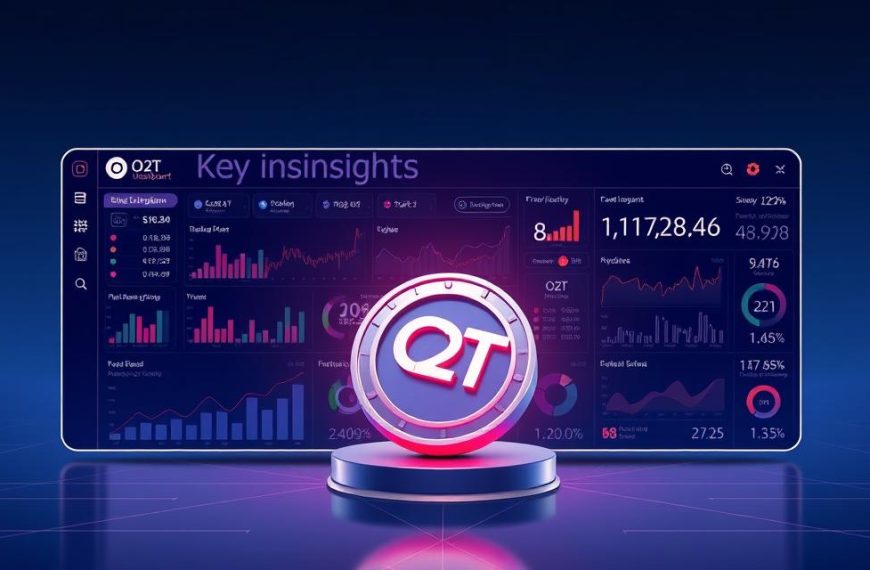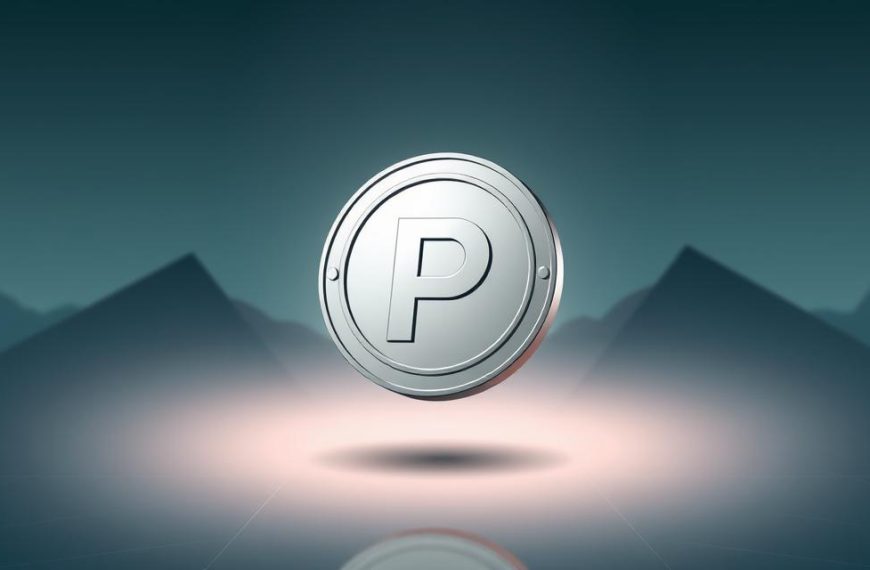This introduction gives a clear, practical answer and promises a plain explanation of how a modern motor control approach works in a washing machine and how it differs from the inverter used in air conditioners.
Modern appliances fall into several type categories, but the focus here is on motor control that drives better efficiency and quality. In simple terms, inverter control modulates motor speed to match load size rather than running at one fixed pace.
That change in how power is delivered lets the motor vary torque and timing. The result is quieter operation, lower energy use and gentler handling of clothes without losing cleaning power.
This article will compare inverter and non-inverter designs across energy use, noise, vibration, maintenance and real-life performance. It will also explain how front-load and top-load formats interact with motor control.
By the end you will know which style suits your space, habits and budget, with clear takeaways on efficiency and wash quality.
What is digital inverter technology in washing machine: the simple answer
A new control system adjusts drum rotation in real time to suit load size. This means the motor can run slower or faster as required, rather than at one fixed pace.
Key components
Core parts include a VFD (Variable Frequency Drive) and an inverter motor. Many models pair these with a direct drive, where the drive motor connects straight to the drum. Built-in sensors weigh and balance the load and feed data to a microprocessor.
How this compares to other appliances
Unlike the inverter used in air conditioners and fridges, which controls temperature, the aim here is dynamic motor control for agitation and spin. A non-inverter washing machine uses brushed, fixed-speed motors and belts. That older design adds friction, noise and wear.
Result: sensor-led VFD or direct drive systems reduce moving parts, cut vibration and noise, and deliver more precise speed control and gentler, more efficient washing cycles.
How inverter and non-inverter washing machines work today
Motors now run with variable duty, matching agitation to the task rather than a fixed pace.
Non-inverter mechanics
Legacy designs start with a brushed, fixed-speed motor that accelerates to one set rate and holds it. The motor spins a belt, that turns gears, which then rotate the drum. Each interface adds friction, wear and vibration.
Brushes in the motor create both electrical and mechanical friction. That raises heat and noise and shortens service intervals for many units.
Inverter mechanics
Modern models pair a BLDC drive motor with a VFD or a direct drive. Sensors weigh the laundry load and report to a microprocessor, which fine-tunes drum speed and agitation.
Direct drive variants remove belts and gears, cutting losses and lowering mechanical noise. The result is quieter cycles, gentler handling for clothes and fewer service visits.
“Sensor-led control and reduced moving parts deliver more precise, quieter cycles.”
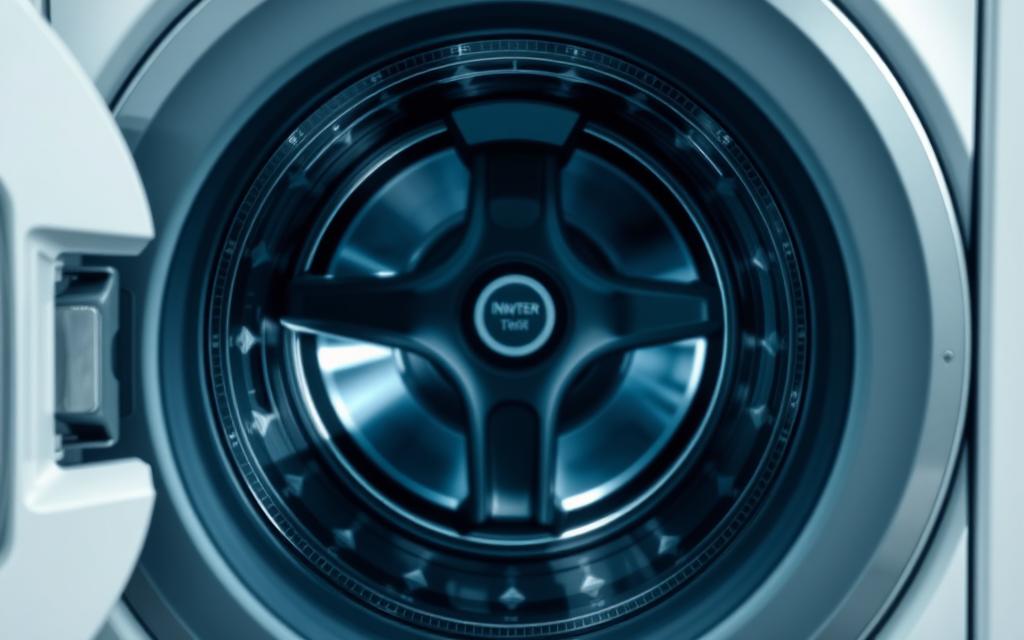
| Aspect | Non-inverter | Inverter / Direct drive |
|---|---|---|
| Motor type | Brushed, fixed-speed | BLDC, variable-speed |
| Power control | Single set speed | VFD or smart control loop |
| Mechanical chain | Belts and gears | Direct connection or fewer parts |
| User benefits | Lower upfront cost, more vibration | Quieter, gentler, lower maintenance |
Inverter vs non-inverter washing: the practical differences that matter
By adjusting acceleration and spin to each load, the motor avoids wasted peaks of power. That behaviour produces a clear, measurable cut in consumption and smoother operation around the home.
Energy and power: Real-world tests show about 30–40% less electricity used when speed is matched to load. Brushless drives and controlled starts lower peak draw and shorten effective wash segments.
- Quality and fabric care: Precise drum positioning and variable speed protect delicate clothes while still agitating for stains.
- Noise and vibration: A brushless drive, often with direct drive, gives steadier rotation and less rumble on timber floors.
- Maintenance: Non-inverter washing machines rely on belts and brushes that wear; fewer moving parts often mean longer warranties and lower service needs. See Haier’s note on extended motor coverage for reference: extended motor warranties.
Cost of ownership favours smarter drives over time: a higher purchase price can repay through lower bills and fewer replacements. Performance also improves across small, mixed and heavy loads, since the drum adapts speed for each task.
“Smarter motor control translates directly into measurable savings and a calmer user experience without sacrificing cleanliness.”
Which type suits you: inverter or non-inverter washing machine?
Pick the right layout and drive type to save water, cut bills and protect everyday garments. Front‑load washing typically uses less water and energy and fits neatly under counters. Top‑load models suit users who dislike bending and want simple loading.
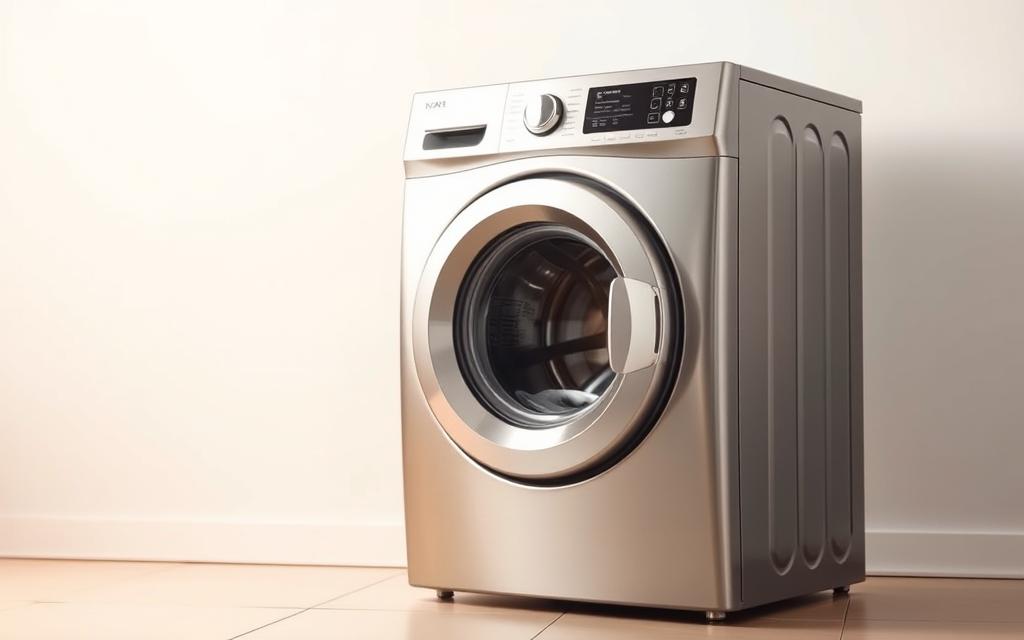
Front-load vs top-load: efficiency, space and user habits
Front load units tumble horizontally for gentler, thorough cleaning and usually work well in tight spaces. Top‑load drums often use an agitator and may complete cycles faster for some routines.
Household scenarios: family size and usage patterns
Larger families and frequent laundry users gain most from an inverter washing machine thanks to cumulative savings and gentler treatment of clothes.
For occasional users or tight budgets, non‑inverter washing can still be suitable if noise and energy are less important.
Spec checklist: motor, drum, spin speed, sensors and noise ratings
- Motor type: seek BLDC or labelled inverter washing machine drives for smooth cycles.
- Drum and size: match capacity to typical load washing to avoid wasted energy.
- Speed and sensors: higher spin reduces drying time; load sensors tailor agitation to each batch.
- Noise ratings: lower dB values help if the unit sits near living space; direct drive reduces vibration.
“Choose the type that fits your space, habits and noise tolerance, prioritising features that affect daily routine and clothes longevity.”
Conclusion
Modern control loops fine-tune drum speed so cycles run quieter and more efficiently. This inverter technology varies motor output to match load needs, cutting electricity use by roughly 30–40% while lowering noise and vibration.
Compared with fixed-speed designs, these machines reduce friction, wear and peak power draw. Shorter, tailored spin profiles protect fabrics during each wash cycle and help reduce drying time. User benefits include calmer operation, fewer repairs and often longer motor warranties.
Practical next steps: shortlist models by motor type, noise rating and programme flexibility. If budget allows, prefer an inverter-led washing machine for better washing, smarter power management and longer service life — a choice you will feel daily and see on monthly bills as machines come with the right features for lasting value.

